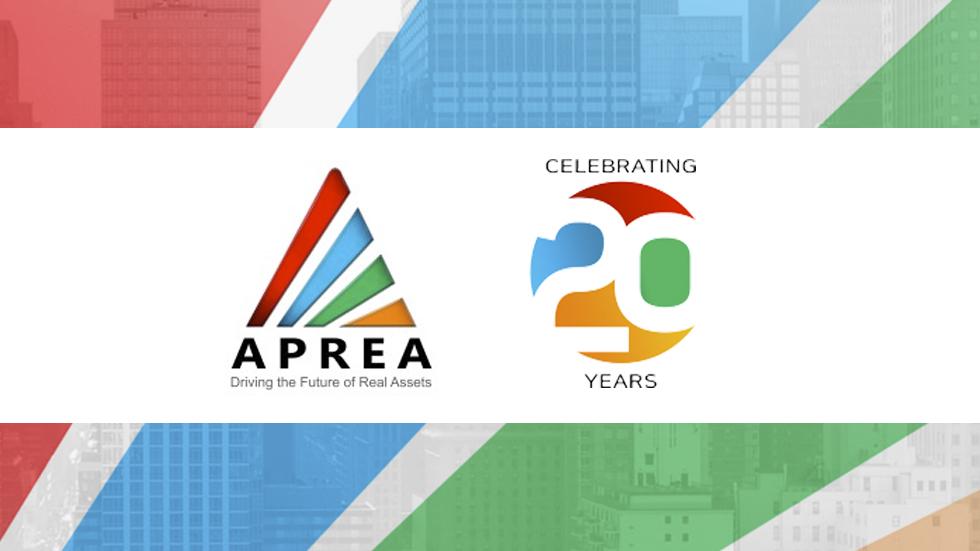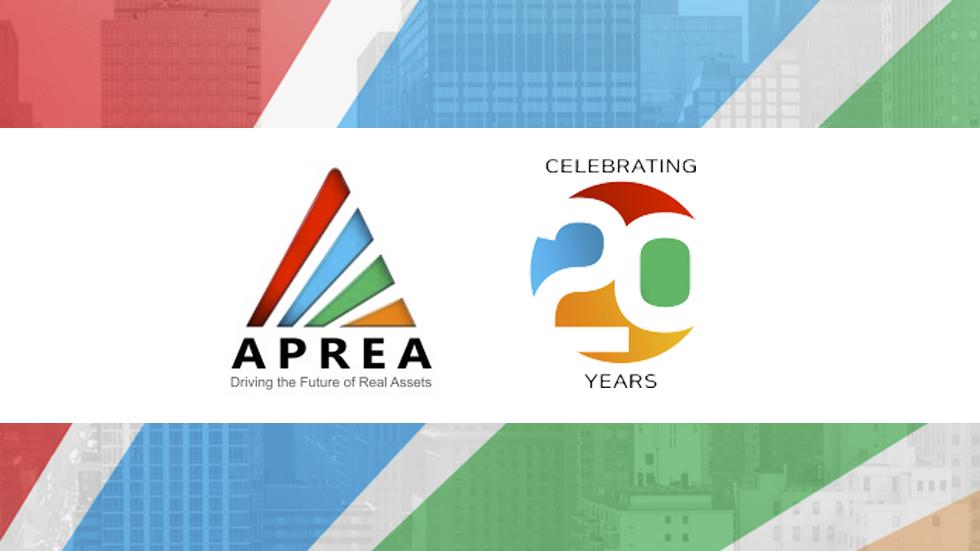
Since its creation 20 years ago, the Asia Pacific Real Assets Association (APREA) has focused on connecting investors and advancing the sustainable growth and development of the real assets sector in the region. REITs have played a critical role in driving that growth, and their market cap is expected to continue to increase as more real assets are securitized.
Sigrid Zialcita, CEO of APREA, spoke to REIT.com about the evolution of the REIT market in Asia Pacific, and the opportunities and challenges she sees looking ahead.
What sort of trajectory have REITs been on in the Asia Pacific region during the past two decades?
Asia Pacific has been at the forefront of the REIT revolution, which has proliferated with more countries establishing their own regimes and debuting listings. Twenty years ago, the region’s REITs markets comprised Australia, Japan, Hong Kong, Singapore, Malaysia, and Taiwan. This list has since expanded to include South Korea, the Philippines, as well as the world’s largest emerging economies, India and China. Singapore has also developed into a global hub for cross border REIT listing. REITs listed in the region also hold some of the best properties in the markets they operate in, with an asset base of over $500 billion.
The rapid development of REIT markets in Hong Kong, Japan, and Singapore has also revolutionized the real estate industry in the region. Developers in the region have since grown into large integrated real estate players with asset and fund management arms that sponsor and manage REITs, which have driven a spate of M&As in the region.
What is the market cap for REITs in the Asia Pacific region today, and do you see that increasing?
Free float market cap has quadrupled in the last 20 years to about $268 billion, as of March 2025. At its peak, before the Federal Reserve tightened interest rates, it reached over $350 billion. We expect market cap will continue to increase, as more assets will be securitized. APREA estimates that by 2030, the region’s investible stock of real assets that can be securitized, including infrastructure assets, will hit $40 trillion. With a larger asset base, the region’s REIT market has the potential to overtake the United States, which currently is around $1.4 trillion. However, it is not just about market cap. The institutionalization of the region’s real estate markets will also elevate the quality of REIT listings in the region.
Are there certain Asia Pacific REIT markets that are particularly active or interesting at this time?

Despite geopolitical tensions and an uncertain global economy, India stands out as one of the fastest-growing major economies in the world. Already the fifth largest, the IMF expects the country to climb into third place by as early as 2027. According to CBRE, the Indian real estate sector faces a funding gap that is expected to reach $170 billion between 2024 and 2026, while the overall real estate construction market will grow by 35%-40% over that same period.
REITs can be an alternative financing source, and this rapid growth suggests that there are ample opportunities for assets to be securitized into REITs. Japan’s climb out of its deflationary spiral has also fortified fundamentals in its real assets. Vacancies in the country’s prime offices remain tight, while the influx of tourists and wage hikes will support prospects in hotels and multifamily REITs. While the Bank of Japan is on a tightening stance, rate hikes will remain modest and topline growth is expected to outpace the rise in interest expense.
In terms of property sectors, are you seeing any noteworthy trends or developments across the various Asia Pacific markets?
Alternative sectors that will ride on the region’s emerging technological and demographics trends will set the next evolutionary stage. We see scope for data centers, multifamily, health care, as well as renewable energy REITs to grow in the region.
Where do you see the biggest opportunities and challenges for REITs in the region going forward?
REITs have been real estate innovators for decades and remain a critical vehicle in driving the industry’s transformation. They have been among the earliest adopters of sustainability as a strategic tool and have led the way in securing green ratings for their assets.
The pressure to align real estate strategy with overall sustainability ambitions means looking beyond green certifications and adopting a holistic approach. That means tracking and tackling Scope 3 emissions, which for real estate companies comprise 85%-95% of total emissions. It is a challenge but also an opportunity for REITs to create a competitive edge and preserve their fiduciary responsibility to decarbonize and ensure their assets remain relevant.
Is there anything else you’d like to share about the outlook for REIT investment in the Asia Pacific region?
After a challenging two to three years, the region’s REITs are poised to recover further in 2025. Interest rates have already peaked in the region, and as the economic outlook softens amid President Trump’s trade policies, central banks in the region are likely to loosen monetary policies to support growth. Several central banks have already eased policy rates–in Australia, India, Indonesia, New Zealand, South Korea, Taiwan, and Thailand. With Trump’s protectionist policies unleashing turmoil in stock markets, the defensive characteristics of REITs make them a vital addition to investment portfolios.
